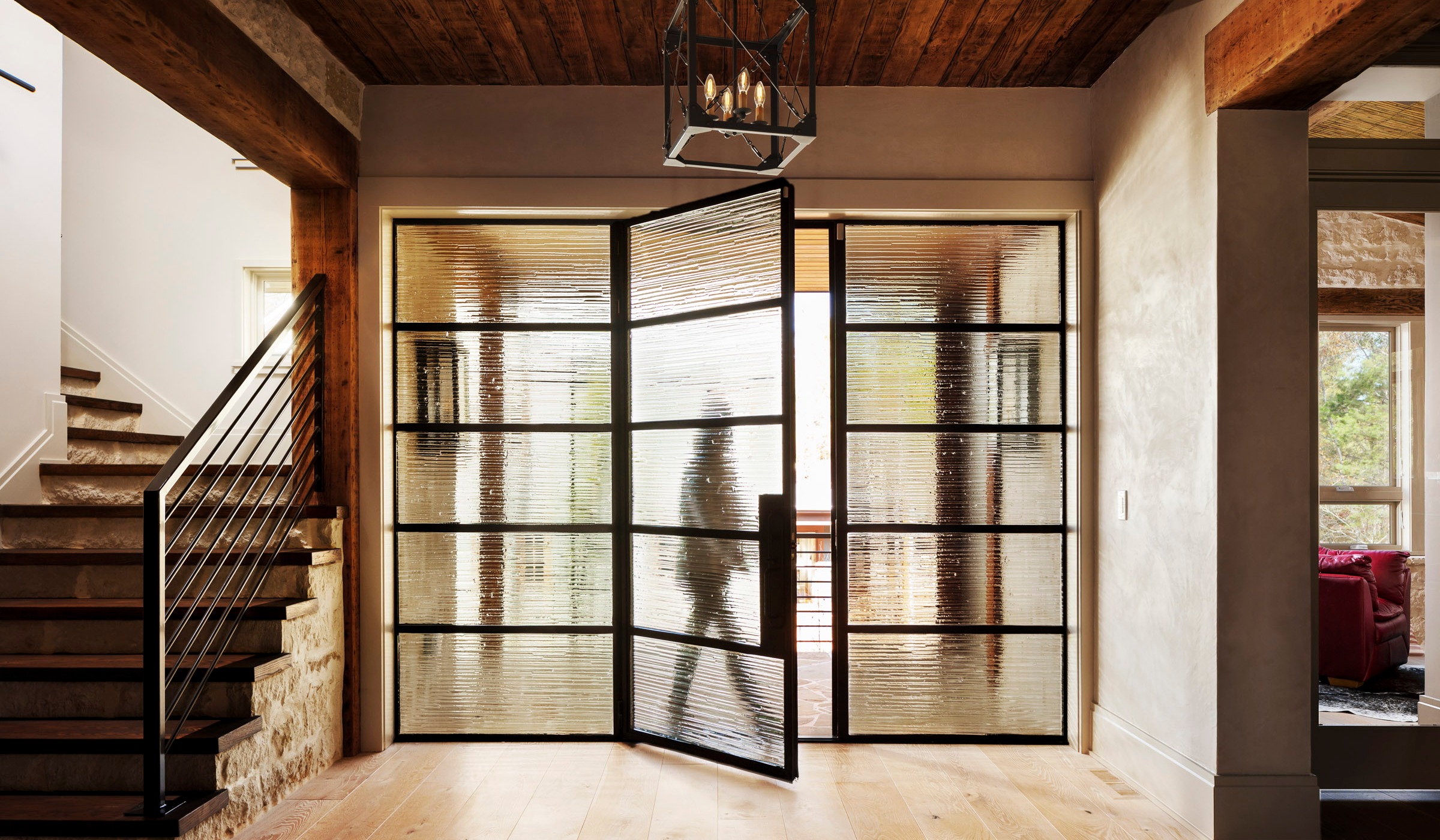

Metal frame windows and doors – whether that metal is steel, aluminum, bronze, etc. – sometimes get a bad rap for not being energy efficient. This is because metal is an excellent thermal conductor, meaning the temperature on the outside frame of the window or door is brought inside the house.
Luckily, there’s a solution to this problem: thermal breaks. Adding a thermal break to a window or door prevents both heat and cold from transferring through the frames altogether, alleviating issues that might be caused by extreme environments. By controlling this transfer, thermally broken windows and doors improve energy efficiency.
Obviously, energy efficiency is a large driving factor behind purchasing a thermally broken window or door. However, there are other factors that come into play, including:
Before you decide if you need a to add thermal breaks to your windows and doors, let’s learn a little bit more about what thermal breaks do and how they function in different climates (including how that translates to code compliance).

The main job of a thermal break is to isolate the outside frame of a window or door from the inside frame, so that outdoor conditions do not impact the indoor temperature. This is most often accomplished by placing a polymer isolator (such as resin, polyamide, or polyurethane) that has a low thermal conductivity between the two halves of the metal frame.
By separating the interior and exterior halves of the frame, the thermal conductivity of the unit as a whole is lessened, thus slowing down the transfer of both cold and heat from the outside. For this reason, thermally broken units are typically recommended for the exterior of the home only, except in instances where extreme temperature shifts are experienced, i.e. the bathroom or a wine cellar.
The choice between a thermally broken unit or a non-thermally broken unit is purely functional and comes down to one factor: climate. Mild climates typically don’t get hot or cold enough for a thermal break to be necessary. However, in extremely cold or extremely hot climates, thermally broken units are highly recommended.
In places that get extremely cold, like New England or the Upper Midwest, there are a couple different reasons (of varying degrees of severity) to consider choosing a thermally broken unit, including condensation prevention and operability of the unit.
Condensation is a major concern in these cold climates. Without a thermal break, metal frames get just as cold on the inside as they are on the outside. When the frames become cold, the humidity inside the warm house can condense on the frames. Now, this might not be a huge deal to the homeowner who has tile or brick floors throughout their house. However, to the homeowner with wood flooring, condensation should be a concern, as it can run off the window or door and ruin the flooring.
The other major concern with metal frame windows and doors in cold climates is the operability of the unit throughout the winter. If it gets cold enough, non-thermally broken units can become so cold that the frames completely freeze and frost over. This obviously isn’t an ideal situation, especially in the case of a door.
On the other hand, in places that get extremely hot, like the Southwest, the heat transfer itself is the main concern. In fact, if it gets hot enough outside, frames without a thermal break will conduct the heat to the inside of the frame, which can potentially cause burns.
Though thermally broken units are highly recommended in these extreme climates, they can also be used in more mild climates as well and will prevent the same issues, such as condensation and heat transfer.
IECC code compliance can be a big hurdle to clear in many localities. Most non-thermally broken metal windows and doors will only be IECC code compliant in mild climates. However, as codes change from city to city, you should not expect to be able to use a non-thermally broken unit just because you don’t live in an area with extreme heat or extreme cold. Thermally broken units are much more likely to be IECC code compliant nationwide. Remember to check your local code to determine whether your desired unit is sufficient.
For most manufacturers, thermally broken units are not the standard, which means getting one comes with a higher price tag. For example, while a standard 5’ (W) x 8’ (H) steel double door in the middle of our price range will cost around $10,000 (depending on the options chosen), the same door in a thermally broken profile will cost roughly 25% more.
At the end of the day, deciding between a non-thermally broken unit and thermally broken unit comes down to a few factors. Typically, homeowners should consider these factors in the following order:
With these 3 factors in mind, you should be able to determine which type of unit is right for you.